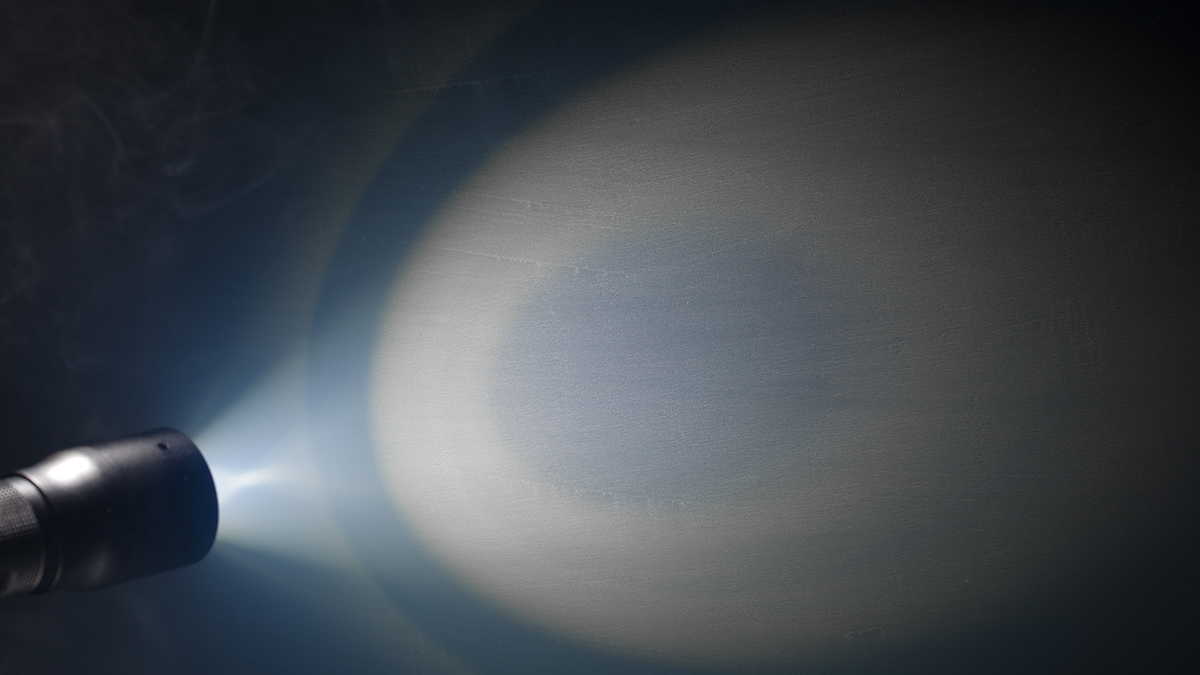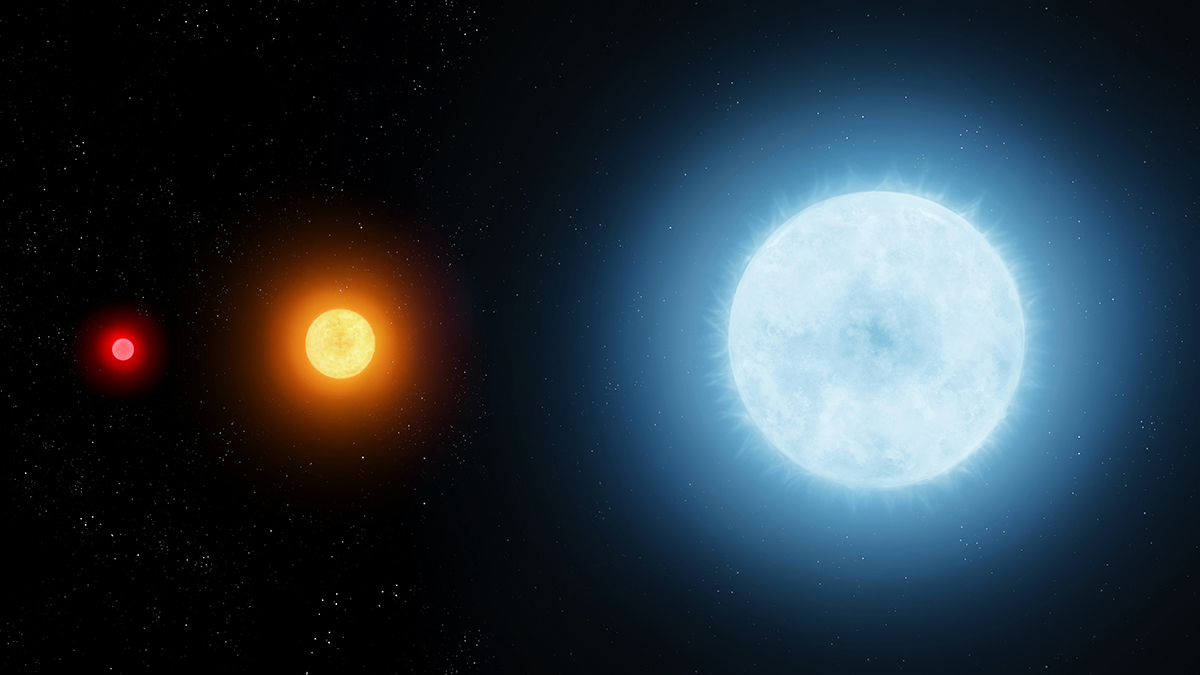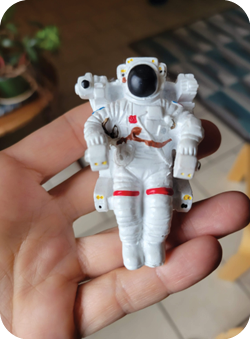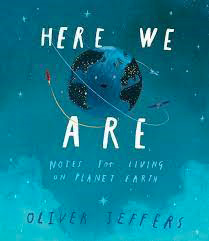feature
Moon, Math, and Literacy
Interdisciplinary connections through a space science study in preschool
Science and Children—November/December 2022 (Volume 60, Issue 2)
By Candi Clevinger, Alissa A. Lange, and Elizabeth Schock

feature
Making Sense of Apparent Brightness
An integrated approach for fifth graders
Science and Children—November/December 2022 (Volume 60, Issue 2)
By Alexis Kaczor, Laura Robertson, Jamie Price, Lindsay Lester, and Ryan Nivens

feature
Shining a Light
Fifth graders delve into the nature of science and technology by investigating the stars
Teaching Through Trade Books
Patterns From Earth’s Place in Space
Science and Children—November/December 2022 (Volume 60, Issue 2)
By Christine Anne Royce
formative assessment probes
Eliciting Students’ Initial Ideas About the Sun–Earth System
the poetry of science
Earth’s Place in the Universe
Science and Children—November/December 2022 (Volume 60, Issue 2)
By Sylvia Vardell and Janet Wong
The Early Years
Space Science Explorations as Equity
Early Childhood Resources Review
Here We Are: Notes for Living on Planet Earth
Editor's Note
Earth’s Place in the Universe
Science and Children—November/December 2022 (Volume 60, Issue 2)
By Elizabeth Barrett-Zahn
special feature
Service-Learning Through Citizen Science in a COVID-Adapted Classroom
Journal of College Science Teaching—November/December 2022 (Volume 52, Issue 2)
By Joanna J. Cielocha
Classrooms were turned upside down amid the global COVID-19 pandemic, which began approximately halfway through the spring 2020 semester. A service-learning project was implemented in my section of a general biology course for majors. With the shutdown of academic institutions and other businesses or government agencies, service was not achievable. Instead, students were offered the opportunity to complete service through citizen science using Zooniverse (www.zooniverse.org). Given that the pandemic extended into the 2020–21 academic year, course content and delivery continued to be adjusted. Service-learning was fully adapted to citizen science for spring 2021. Students surpassed the service requirement, with more than half of the class performing at least 100 entries more than the 200-entry requirement. Students reflected on their service and tended to move from a state of apprehension to a state of appreciation by the end of their service. Service through citizen science offers increased flexibility for diverse student learners.





